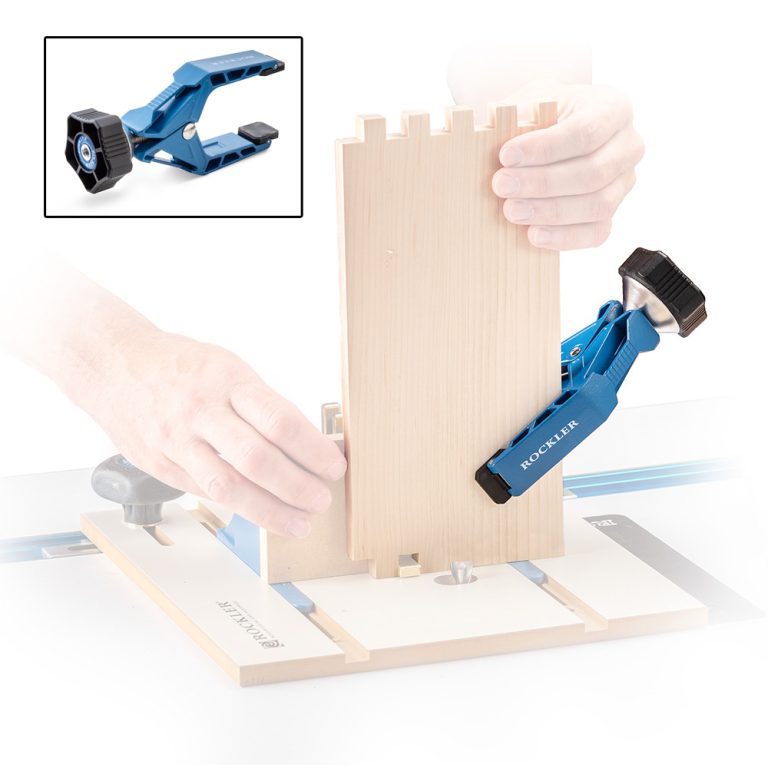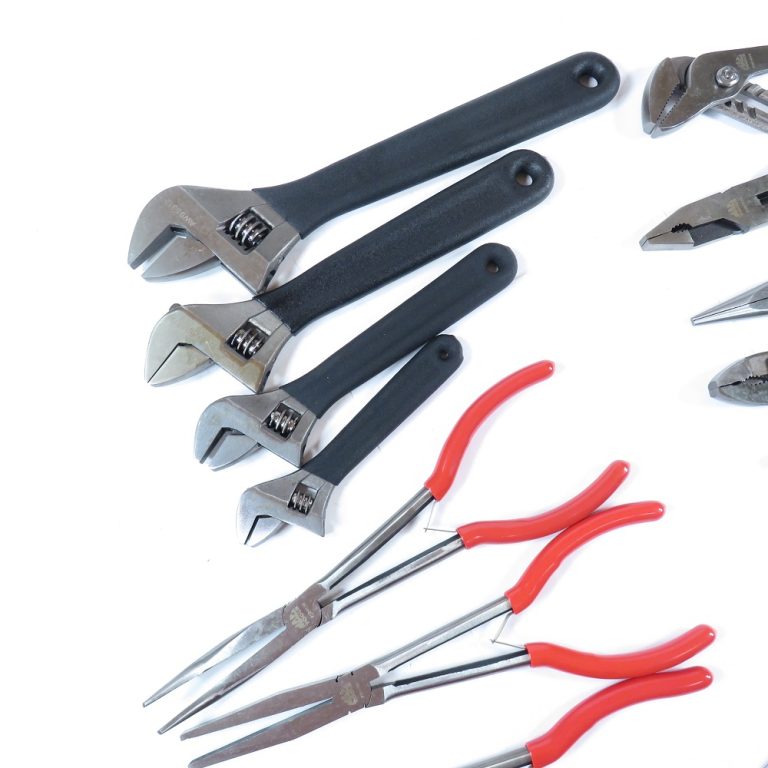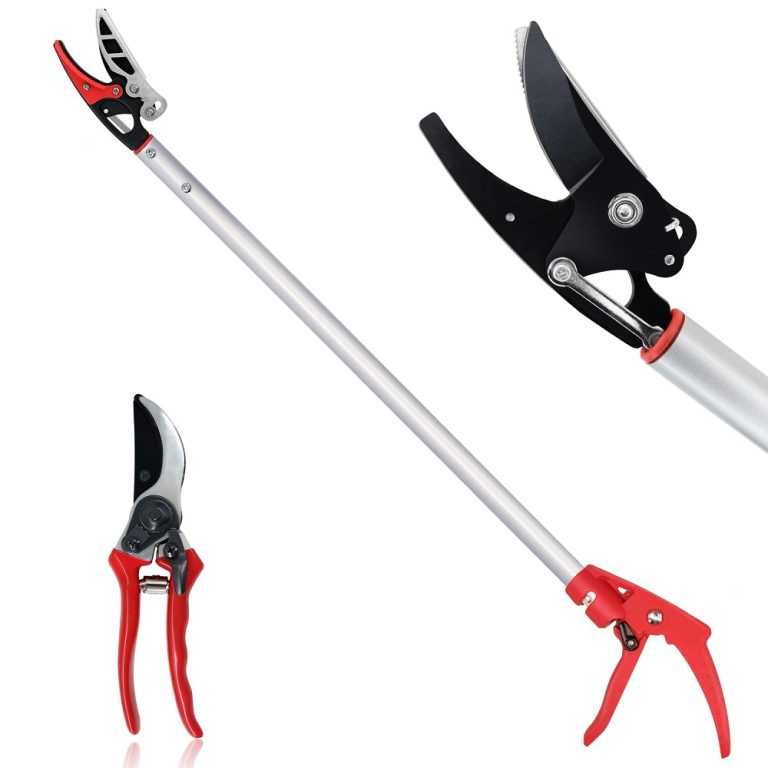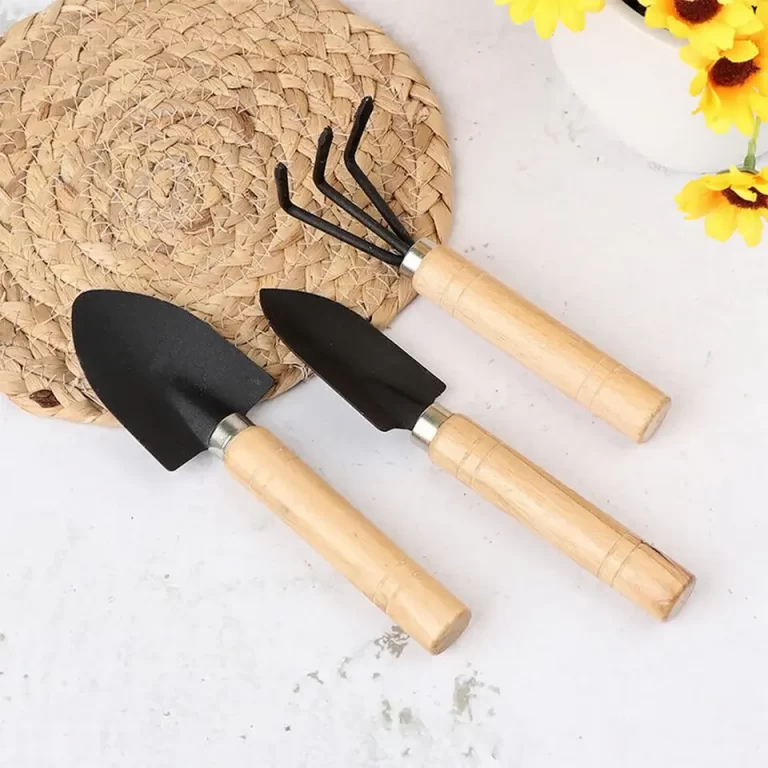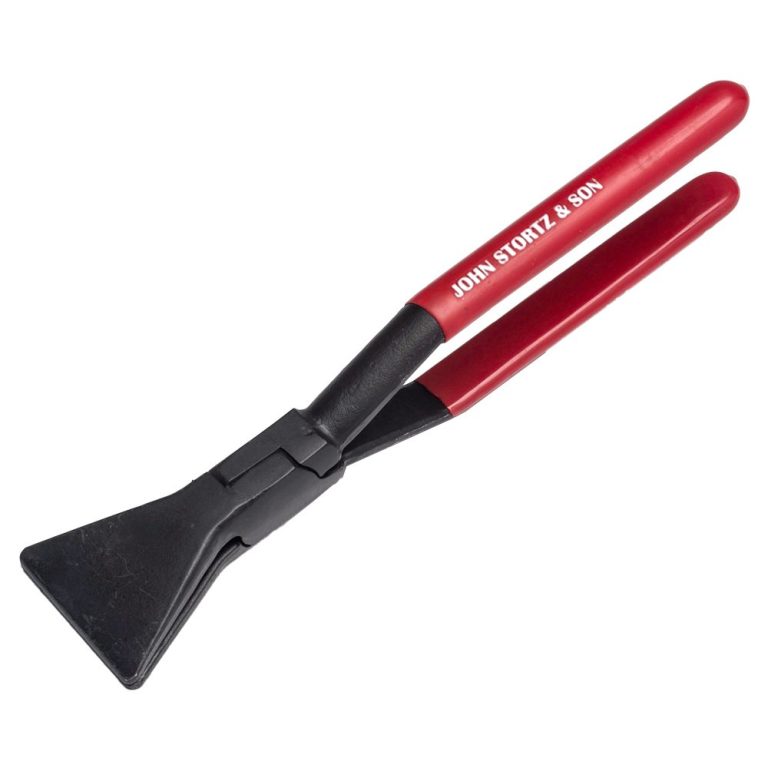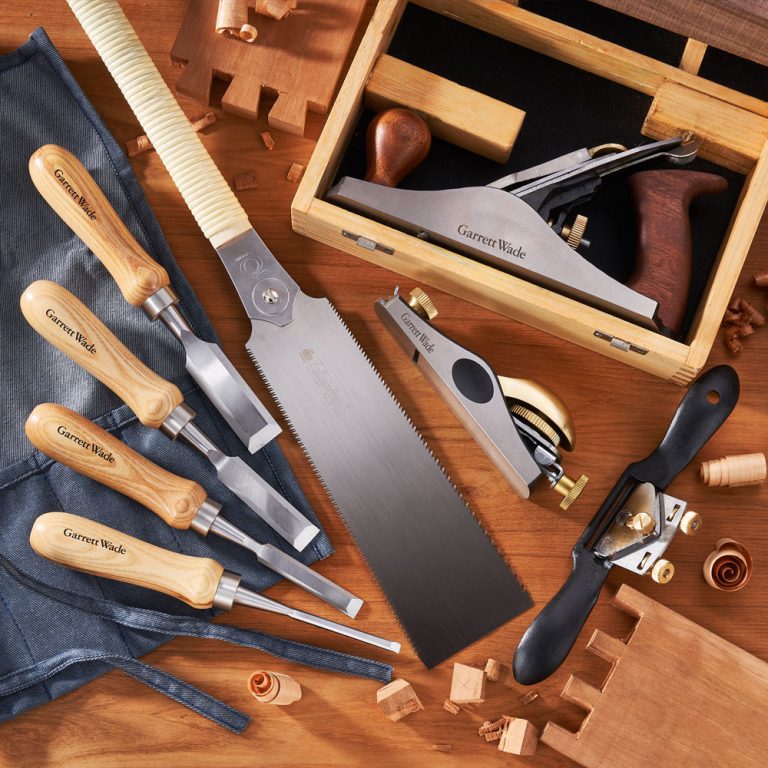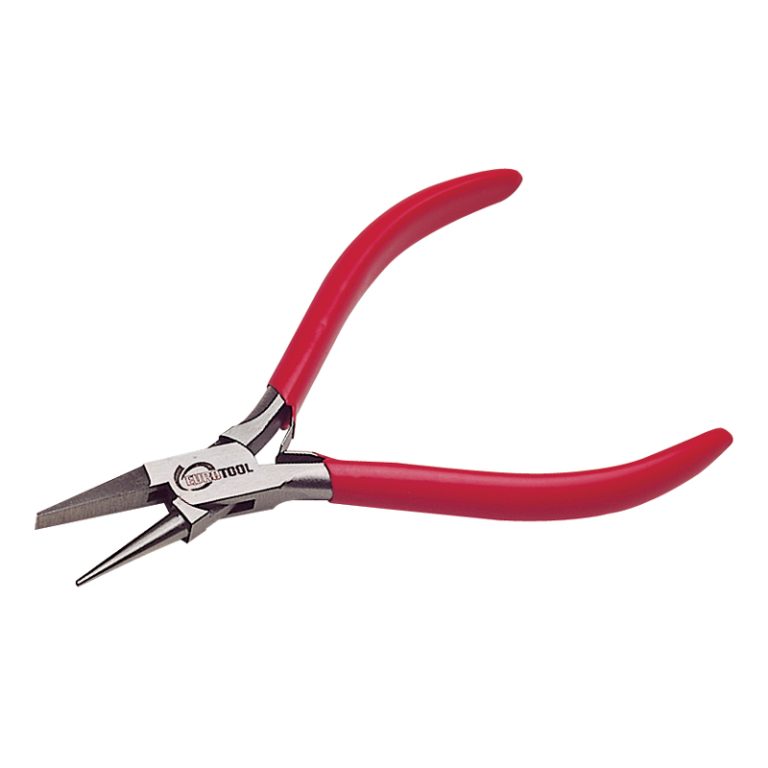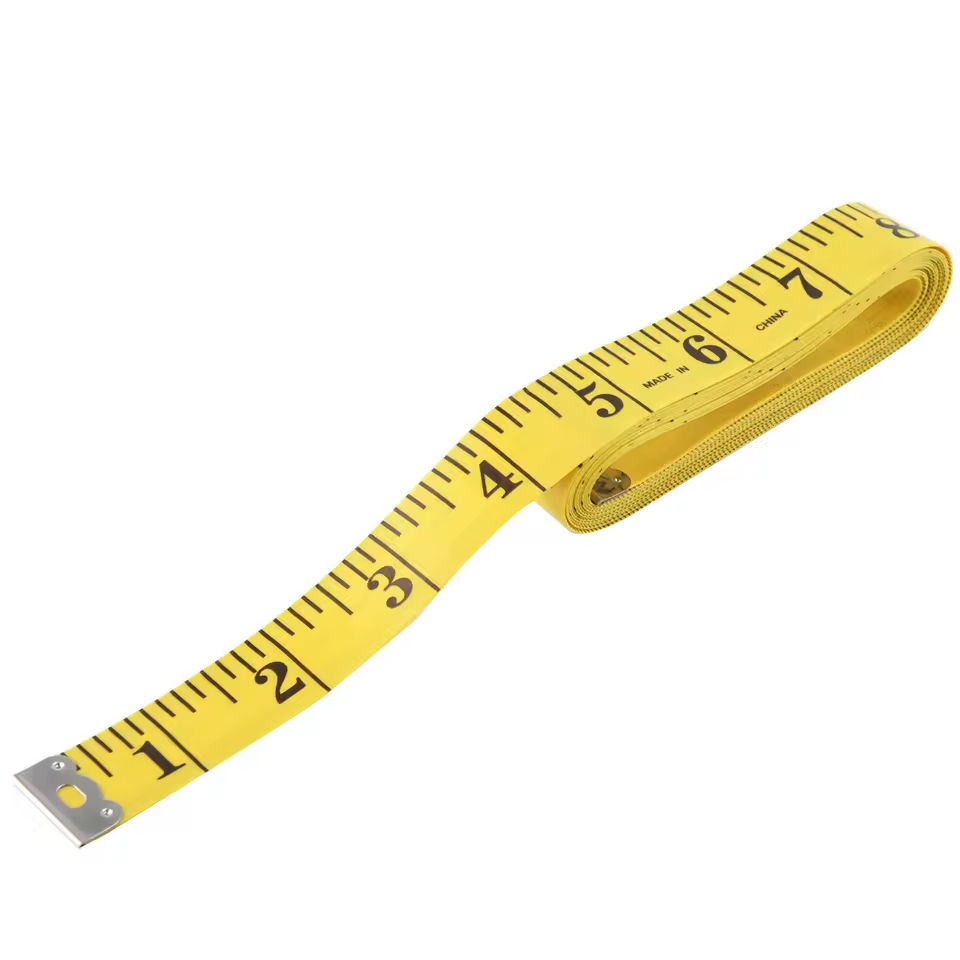Introduction to Spud Wrenches
A spud wrench is an essential tool for professionals and DIY enthusiasts in plumbing, HVAC, and mechanical work. Designed to extract stuck bolts, nuts, or fittings, this specialized wrench combines leverage and precision to tackle stubborn fasteners. Unlike traditional wrenches, spud wrenches feature a unique, curved jaw that grips the outer edge of a bolt, allowing users to apply force without damaging surrounding components. Whether you’re unclogging a pipe, repairing a furnace, or assembling machinery, the spud wrench is a versatile addition to your toolkit.
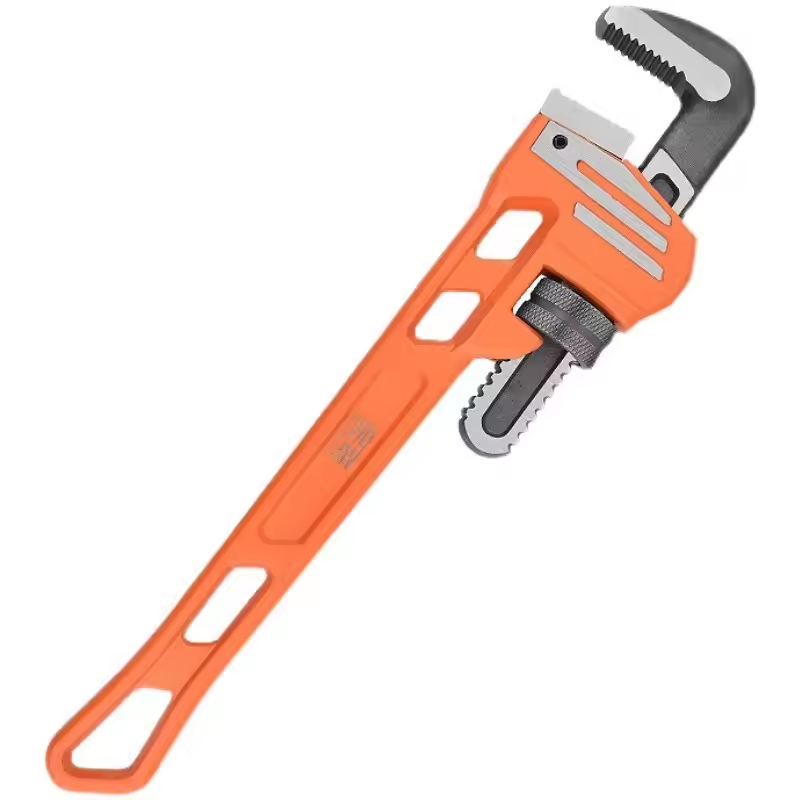
Understanding how to select, use, and maintain a spud wrench is crucial for efficiency and safety. This guide will walk you through the different types of spud wrenches, their applications, and best practices for maximizing their lifespan. By the end of this article, you’ll have the knowledge to choose the right spud wrench for your needs and avoid common pitfalls that can lead to equipment damage or injury.
Types of Spud Wrenches and Their Features
Spud wrenches come in various designs, each tailored to specific tasks. The two primary categories are adjustable spud wrenches and fixed spud wrenches.
- Adjustable Spud Wrenches: These wrenches feature a movable jaw that can accommodate a range of bolt sizes. Ideal for plumbers and HVAC technicians who encounter varying fastener dimensions, adjustable spud wrenches offer flexibility. However, they require careful adjustment to ensure a secure grip.
- Fixed Spud Wrenches: Designed for specific bolt sizes, fixed wrenches provide a more stable and precise fit. They are commonly used in industrial settings where consistency is key. While less versatile than adjustable models, fixed spud wrenches deliver unmatched reliability for repetitive tasks.
Other variations include spud wrench sets, which combine multiple sizes in one kit for convenience. Some models also integrate features like ergonomic handles, non-slip grips, or anti-corrosion coatings to enhance durability and user comfort. Choosing the right type depends on your specific needs, such as the frequency of use, the environment (e.g., indoor vs. outdoor), and the materials you work with.
Key Features to Look for in a Spud Wrench
When selecting a spud wrench, several factors determine its effectiveness and longevity.
- Grip Strength and Jaw Design: The curved jaw of a spud wrench must provide sufficient grip without slipping. Look for models with reinforced edges and anti-slip surfaces to prevent damage to bolts or surrounding materials.
- Material Quality: High-quality spud wrenches are typically made from hardened steel or chrome-vanadium alloys, which resist wear and deformation. Avoid flimsy plastic or low-grade metals, as they may crack under pressure.
- Adjustability: For adjustable wrenches, check the range of motion and ease of adjustment. A smooth, secure locking mechanism ensures the wrench stays in place during use.
- Ergonomic Design: A comfortable handle reduces hand fatigue during prolonged use. Look for textured grips or rubberized coatings that provide a secure hold.
- Corrosion Resistance: If you work in humid or outdoor environments, opt for a spud wrench with a rust-resistant finish, such as nickel or stainless steel plating.
By prioritizing these features, you can ensure your spud wrench performs reliably and withstands the demands of your projects.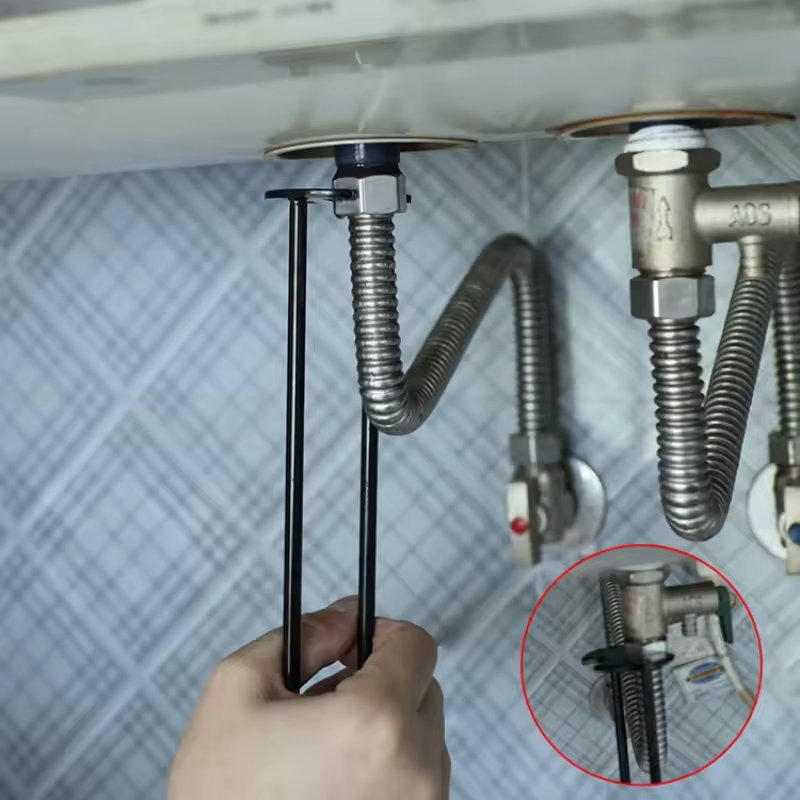
How to Use a Spud Wrench Effectively
Proper technique is critical to using a spud wrench safely and efficiently.
- Position the Wrench Correctly: Align the curved jaw of the wrench with the outer edge of the bolt. Ensure the wrench sits firmly against the bolt to avoid slippage.
- Apply Steady Pressure: Use a smooth, controlled motion to turn the wrench. Avoid jerky movements, which can strip the bolt or damage the wrench.
- Use a Spud Wrench for Tight Spots: The compact design of a spud wrench makes it ideal for confined spaces where traditional wrenches struggle to fit.
- Check for Damage: Before each use, inspect the wrench for cracks, bends, or worn jaws. A damaged wrench can fail under pressure, leading to injury or equipment damage.
- Store Properly: Keep your spud wrench in a dry, organized tool kit to prevent rust and ensure easy access.
Spud wrench use becomes second nature with practice, but always prioritize safety by wearing protective gloves and eye gear, especially when working with high-pressure systems.
Common Applications of Spud Wrenches
The versatility of a spud wrench makes it indispensable in various industries:
- Plumbing Repairs: Plumbers use spud wrenches to remove corroded pipes, fittings, or valves in tight spaces. The wrench’s curved jaw prevents damage to surrounding plumbing components.
- HVAC Maintenance: Technicians rely on spud wrenches to adjust or replace parts in furnaces, air conditioners, and duct systems. The tool’s compact size is perfect for navigating cramped HVAC units.
- Automotive Work: In car repair, spud wrenches help loosen stubborn bolts in engine compartments or undercarriages. They are especially useful for removing rusted exhaust systems or brake components.
- DIY Projects: From assembling furniture to fixing household appliances, a spud wrench simplifies tasks that require precise torque without damaging materials.
By understanding these applications, you can better appreciate the spud wrench’s role in both professional and personal settings.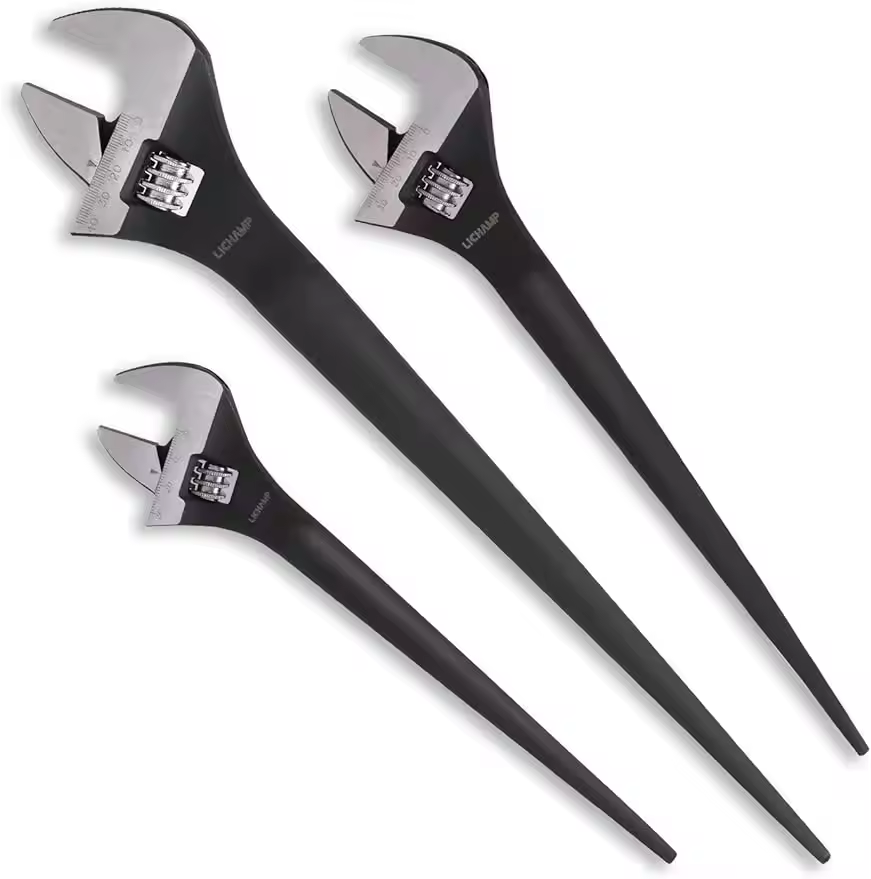
Choosing the Right Spud Wrench for Your Needs
Selecting the best spud wrench involves evaluating your specific requirements:
- Task Frequency: For occasional use, an adjustable spud wrench may suffice. Frequent users should invest in a durable fixed wrench or a comprehensive spud wrench set.
- Budget: While high-end models offer superior durability, budget-friendly options are available for basic tasks. Balance cost with long-term value.
- Brand Reputation: Trusted brands like Craftsman, Stanley, and Irwin produce reliable spud wrenches. Read reviews to assess quality and performance.
- Specialized Needs: If you work in a niche field, look for spud wrenches designed for specific applications, such as those with insulated handles for electrical work.
By aligning these factors with your workflow, you can find a spud wrench that enhances productivity and reduces frustration.
Maintenance and Care Tips for Spud Wrenches
Regular maintenance extends the lifespan of your spud wrench and ensures consistent performance:
- Clean After Use: Wipe the wrench with a dry cloth to remove debris or moisture. For oily residues, use a mild solvent and avoid harsh chemicals.
- Lubricate Moving Parts: Apply a light machine oil to the pivot point of adjustable wrenches to keep them operating smoothly.
- Store Safely: Avoid stacking heavy tools on top of the wrench, as this can cause deformation. Use a dedicated tool rack or case for organization.
- Inspect for Wear: Check the jaws and handle for cracks or warping. Replace the wrench if it shows signs of damage.
- Avoid Over-Tightening: Excessive force can strain the wrench or strip bolts. Use the appropriate torque for the task at hand.
These simple steps will keep your spud wrench in optimal condition for years.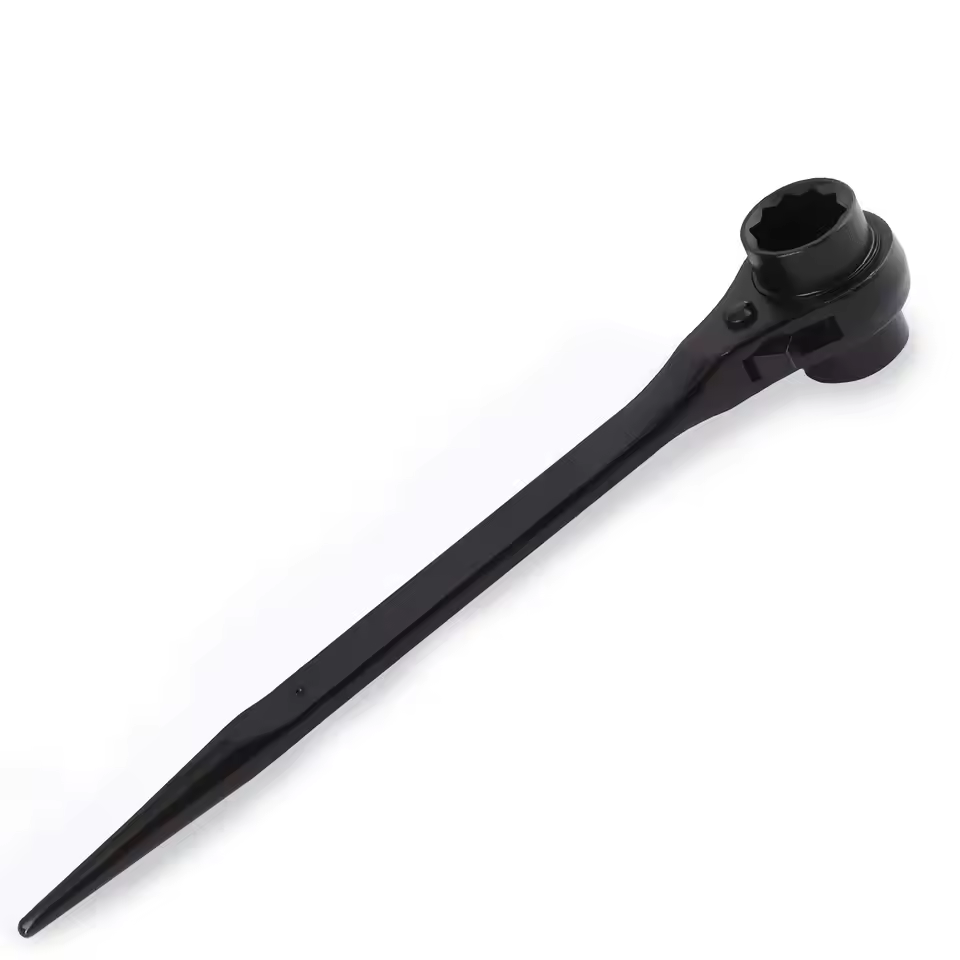
Safety Considerations When Using a Spud Wrench
Safety should always be a priority when using a spud wrench:
- Secure the Wrench: Ensure the wrench is fully seated on the bolt before applying force. A loose grip can lead to slippage or injury.
- Wear Protective Gear: Gloves and safety glasses protect against flying debris or sudden wrench movement.
- Avoid Overloading: Never exceed the wrench’s weight or torque capacity. Overloading can cause the tool to break or bend.
- Work in Well-Lit Areas: Poor lighting increases the risk of misalignment or missed damage. Use a portable light source if necessary.
- Use the Right Size: A wrench that’s too small or too large for the bolt can lead to stripped threads or tool failure.
By following these precautions, you minimize risks and maximize the effectiveness of your spud wrench.
Top Brands and Models of Spud Wrenches
Several reputable brands manufacture high-quality spud wrenches:
- Craftsman Adjustable Spud Wrench: Known for its durable construction and smooth adjustability, this model is a favorite among professionals.
- Stanley Fixed Spud Wrench: A budget-friendly option with a robust build, ideal for repetitive tasks.
- Irwin Spud Wrench Set: Offers multiple sizes in one kit, making it perfect for diverse projects.
- DEWALT Heavy-Duty Spud Wrench: Designed for industrial use, this wrench withstands extreme pressure and wear.
Researching these brands and their product lines ensures you find a spud wrench that meets your specific needs.
Conclusion and FAQs About Spud Wrenches
The spud wrench is a versatile tool that simplifies complex tasks in plumbing, HVAC, and mechanical work. By choosing the right type, mastering proper usage, and maintaining the wrench, you can enhance efficiency and safety in your projects. Whether you’re a seasoned professional or a DIY enthusiast, investing in a high-quality spud wrench pays dividends in performance and longevity.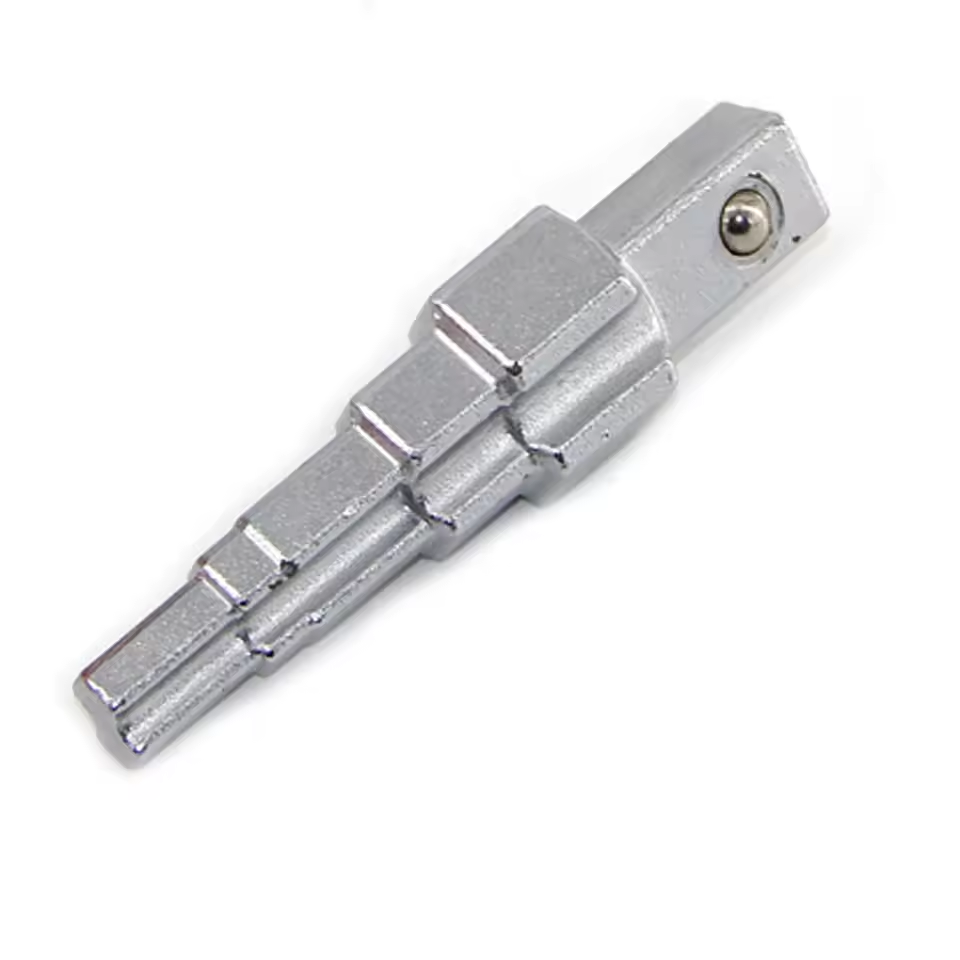
FAQs:
- Q: Can a spud wrench be used on hex bolts?
A: No, spud wrenches are designed for round or irregular-shaped bolts, not hexagonal ones. - Q: How do I clean a spud wrench with rust?
A: Use a wire brush and vinegar solution to remove surface rust, then apply a protective oil. - Q: Are spud wrenches suitable for left-handed users?
A: Most models are ambidextrous, but some brands offer left-handed versions for improved ergonomics.
By addressing these questions and following the guidelines in this article, you’ll unlock the full potential of your spud wrench and tackle any project with confidence.
